
discussing story, system, and what makes RPGs tick…
As game masters and writers, we want to expose how narratives and mechanics influence each other, shaping the outcomes of our games. Sometimes we will include one shot Actual-Plays to demonstrate different systems or methods of play, and have various guests join in the discussion.
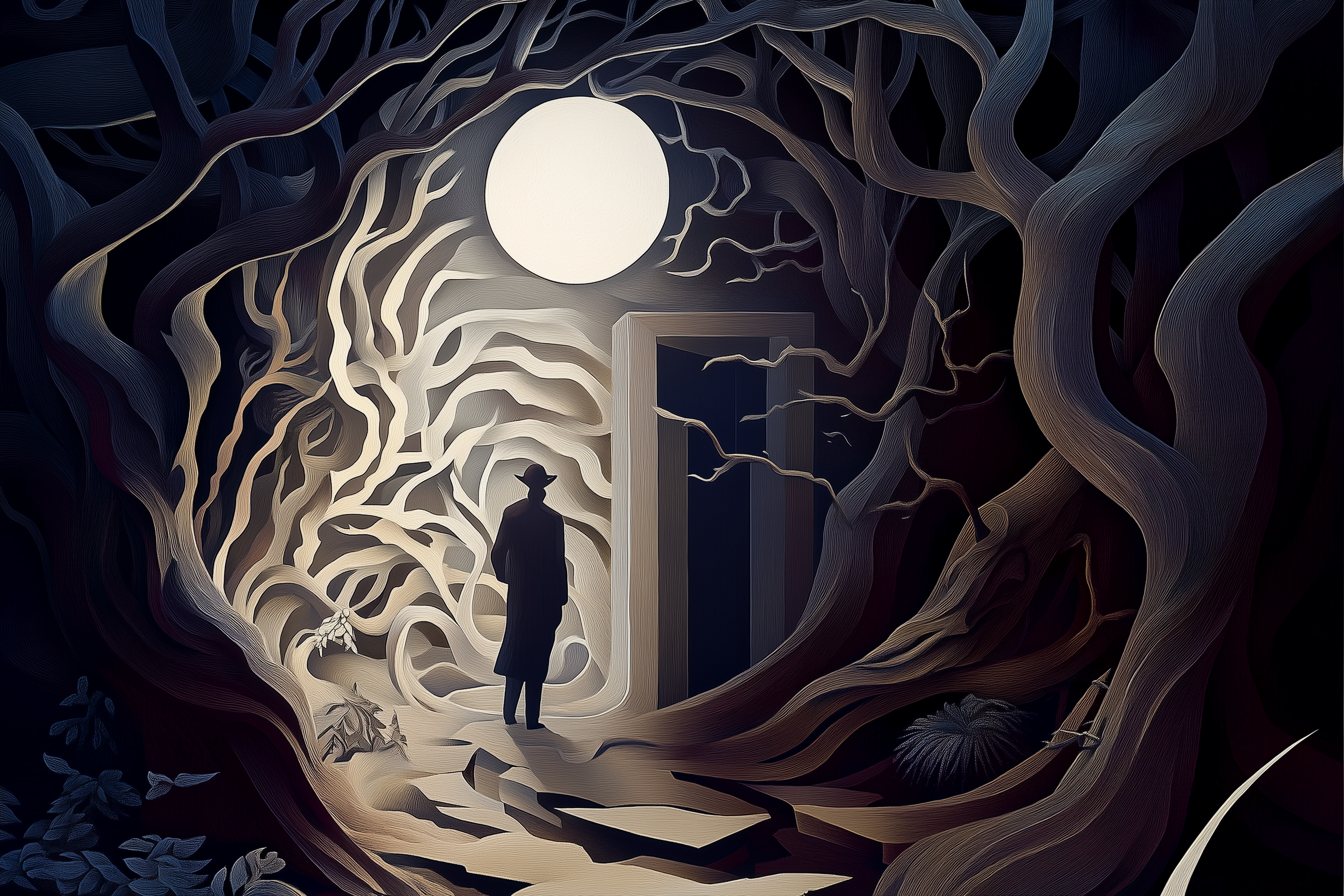

Ep.19: Troupe Style Play
Learn how troupe-style play works in TTRPGs—backup PCs, rotating casts, and covenant/crew-focused campaigns—with examples from Ars Magica, Pendragon, Blades, Call of Cthulhu, and Critical Role.

Ep.18: freemarket
We run a FreeMarket actual play and break down its reputation-driven sandbox—why it’s hard to grok, how scenes and stakes work, and what tools you can steal for any RPG: goal-driven framing, social capital as currency, and persistent consequences.

Ep.17: Trinity Storypath
All four hosts hit the table as Scott storyguides Trinity Continuum: Æon by Onyx Path—our first full-group sci-fi session. We push the Storypath system hard, spotlighting how Attributes + Skills drive pacing and how resource choices raise the stakes. It’s a tight preview of the tone and playstyle in our live-streamed campaign launching October 2025.
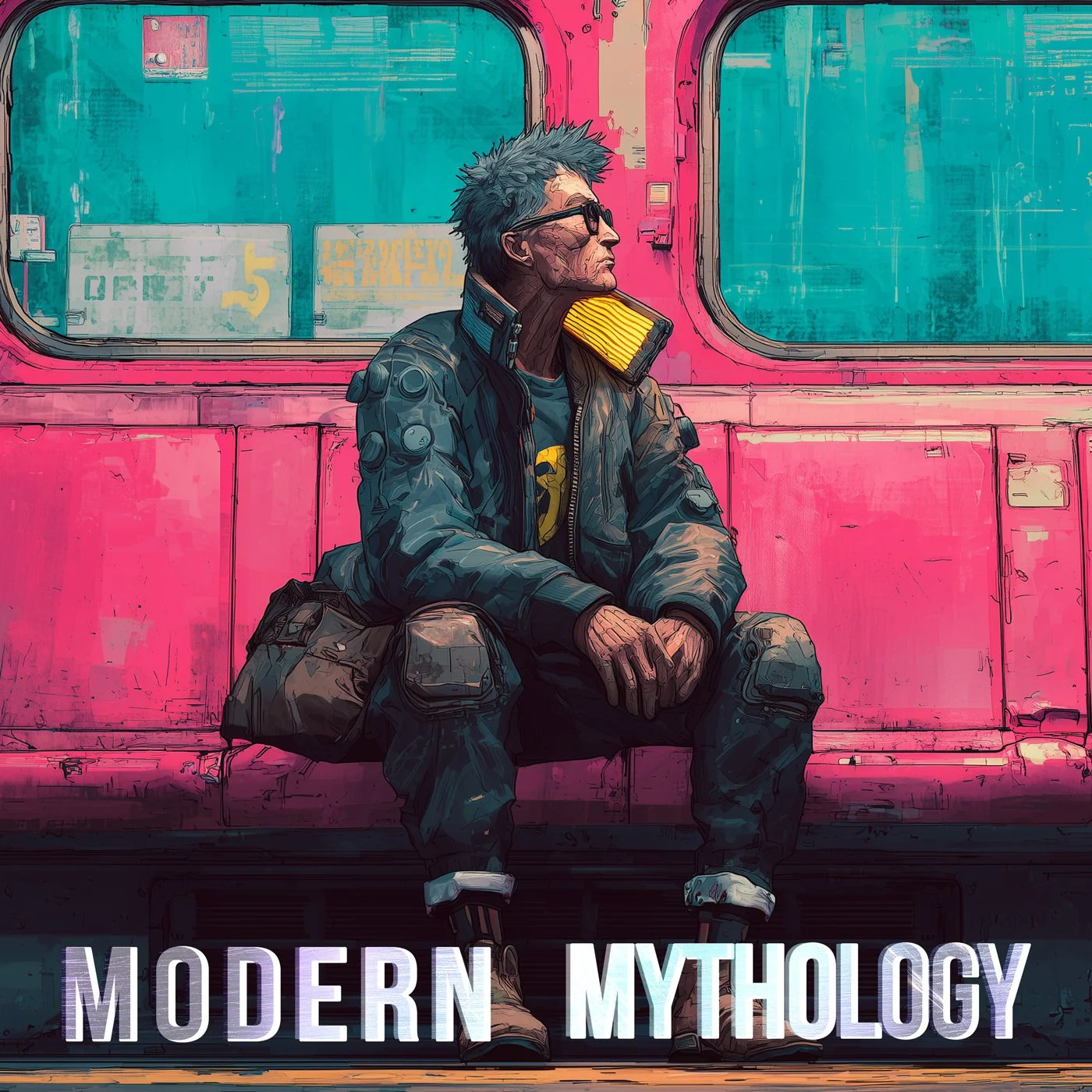
Ep.16: CBR+PNK Actualplay
Recorded just before Episode 13 (Echoes of the Veil), this session has Scott running Mind the Gap—Emanoel Melo’s compact introduction to CBR+PNK—for James and Sean. The pamphlet delivers a self-contained cyberpunk heist in the Forged-in-the-Dark lineage, offering both a crash course in the system’s flow and a taste of its sharp, high-pressure style.
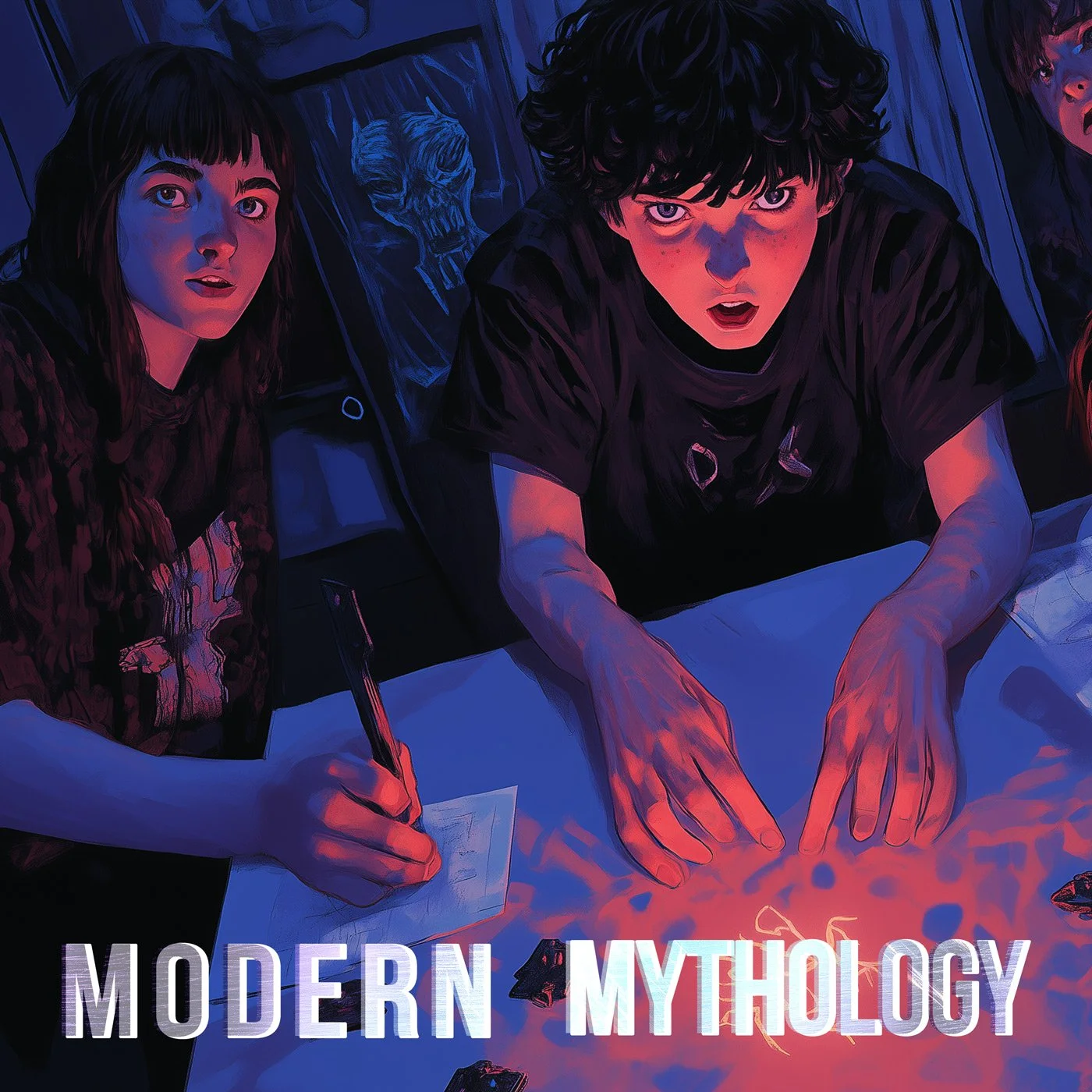
Ep.15: Blank Page or Blueprint
Jamie and Scott dig into how we’re all wired to find creativity in different ways. This is a critical part of the process. Not only are we talking about how structure drives us all differently but communicating those expectations at the table. We circle back to some ideas we referenced early on and begin our exploration of OSR ideas and GNS.

Ep.14: Mothership
Modern Mythology dives into the sci‑fi horror of Mothership RPG with guest Johnathan Lee. Build a (potentially) doomed crew in minutes, ride through a five‑scene crawl, then dissect how the stress‑and‑panic engine steers narrative beats. Actualplay, sharp design talk, and practical pacing insights—perfect for tabletop RPG fans, actual‑play listeners, and game designers hunting fresh sci fi and space horror tools.
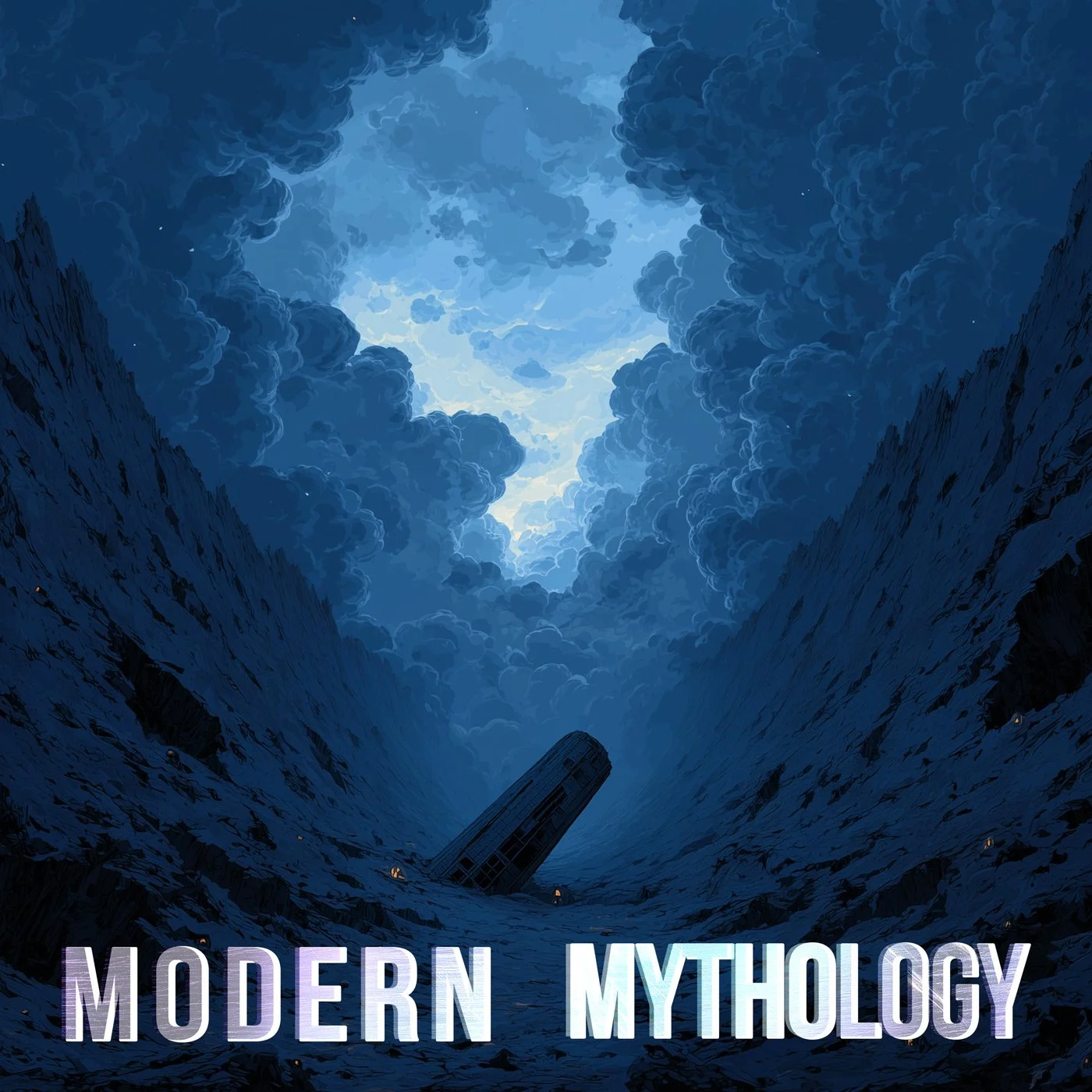
Ep.12: Launching Our Sci-Fi Arc
Episode 12 marks our shift into sci-fi as lifelong D&D DM Sean joins James, Scott, and Mark, widening the show’s range. After a brisk round-table on Sean’s background and each host’s approach to house-rules, we contrast favorite mechanics with the D&D baseline before launching an actual-play primer of Free League’s Coriolis, showcasing its dice pool, position-based modifiers, and tension-driven Darkness Points.

Ep.11: Horror RPG Wrap-Up
We wrap up our horror TTRPG spotlight, for now. Jamie, Mark, and Scott explore game mechanics that can help pace scenes and quietly ramp up tension, touching on ritual framing, partial successes, player-facing rolls, and objective-driven rewards.
We also look at two horror games we haven’t covered before—Unknown Armies and Kult—before diving into a brisk (~30-minute) actual play of Don’t Rest Your Head.
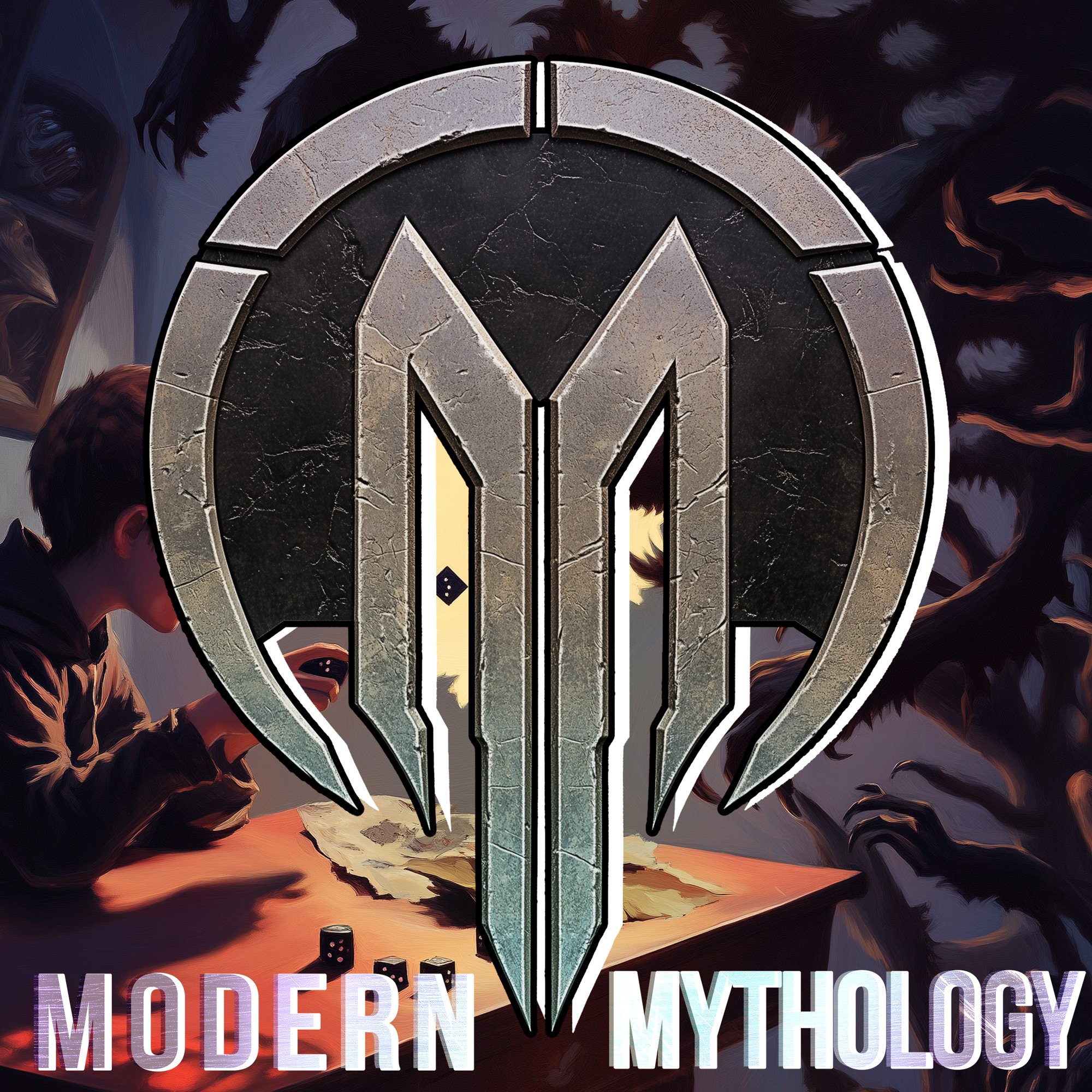
Ep.10: Player Spotlight
In Episode 10, Mark, Jamie, and Scott follow up our discussion on story-facing design by zeroing in on player spotlight: who talks when, who takes control of a moment, and how game systems shape pacing and participation. This episode asks a simple but essential question—how do you decide who gets the scene?

Ep.8: Story Structure, Play Concepts, Starting with the 3-Act Model
Our first conversation about how story structure applies to RPGs, beginning with the three-act model and how narrative emerges in games.

Ep.6: Exposition
The crew have a conversation about how to convey information at the table. The GMs responsibility and the roles players have to bring the fiction to the game. This is a big topic but we chat about props, failing forward, NPCs and other tools we employ to bring depth and color to our worlds.

Ep.5: structure, and whispering vault
The gang has a discussion on structure in TTRPGs. How does structure make a good horror game? How does setting inform players what they can and can’t do? Some examples of story structure in World of Darkness, Invisible Sun, and Dogs in the Vineyard. Then the crew plays a short session of Whispering Vault, Mike Nystul’s 1993 story game inspired by the likes of Hellraiser and Nightbreed.

Ep.4: Player Agency
In Episode 4, Jamie and Scott have a lot to say about agency at the table. Who controls what? Who drives the story? Who narrates die outcomes? Traditionally the GM handles a lot of this but we challenge groups to explore situations where you can hand over a lot of that responsibility. And we discuss over a dozen games that change how we think about agency.

Ep.1: Why ‘modern myth’?
In the first episode of Modern Mythology, hosts Scott and James explore how RPGs function as modern myths, blending ancient storytelling structures with collaborative, character-driven gameplay.




